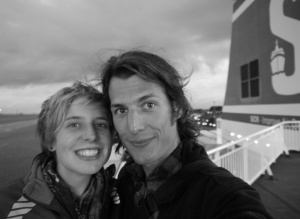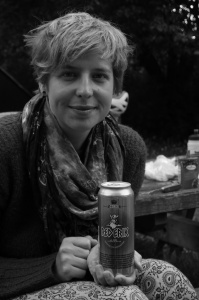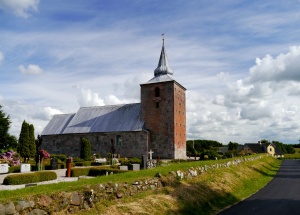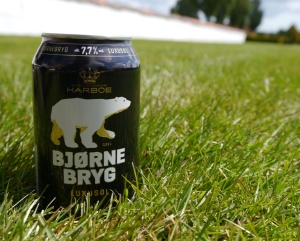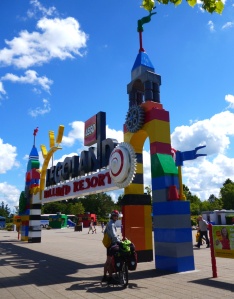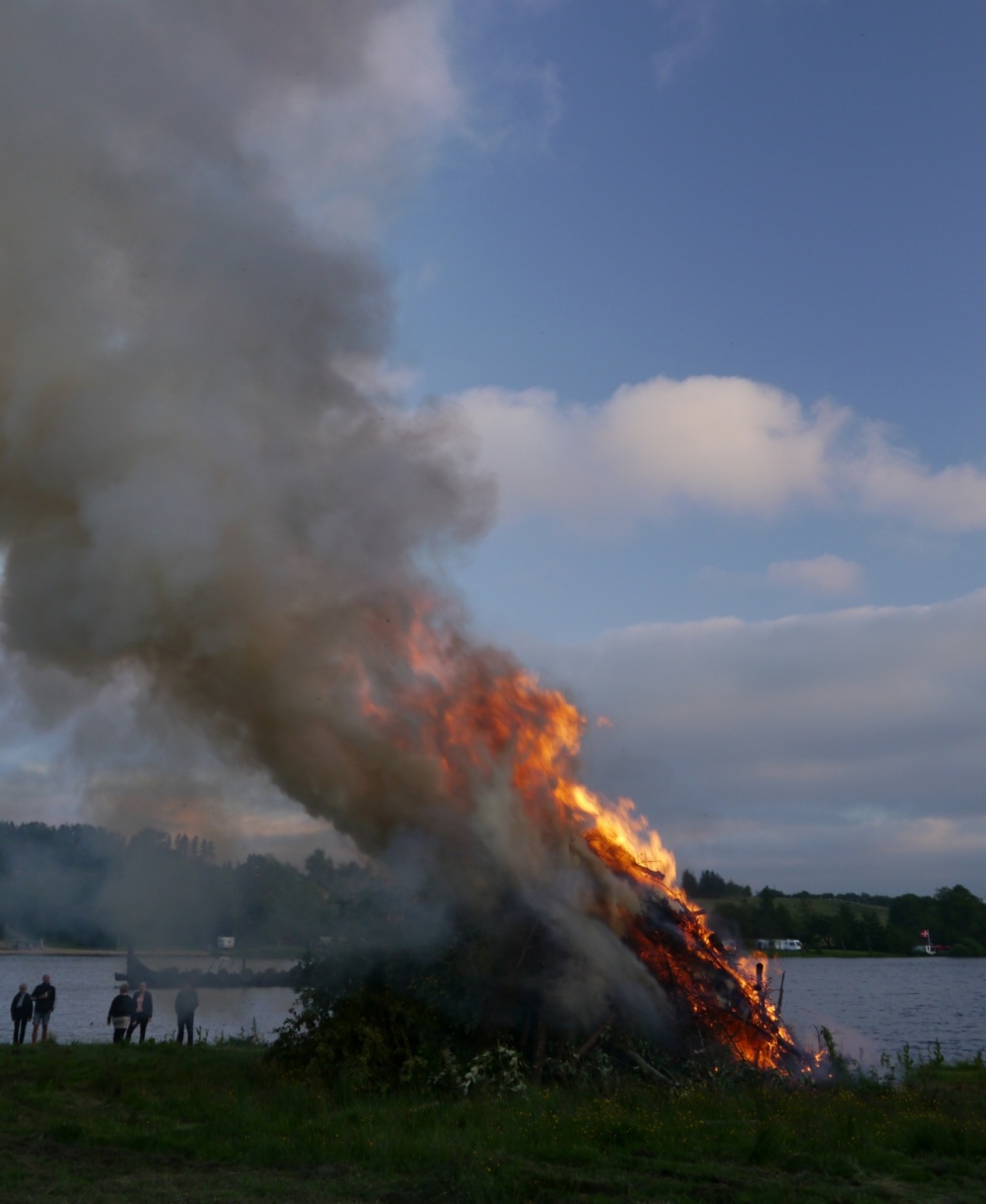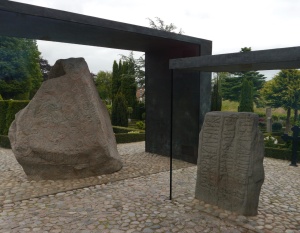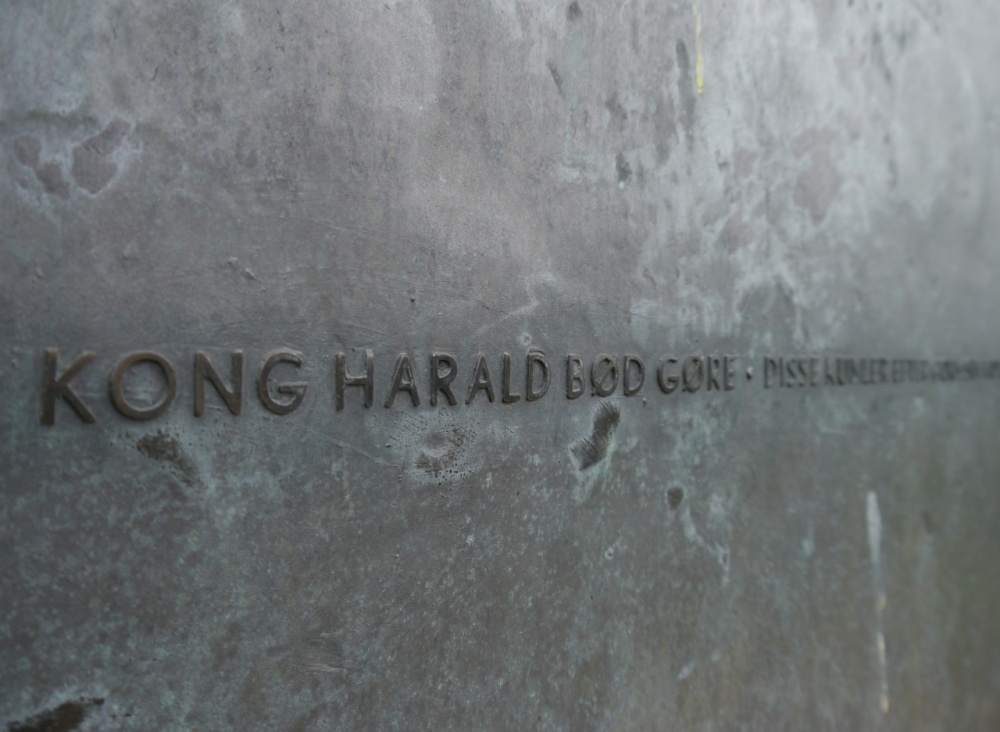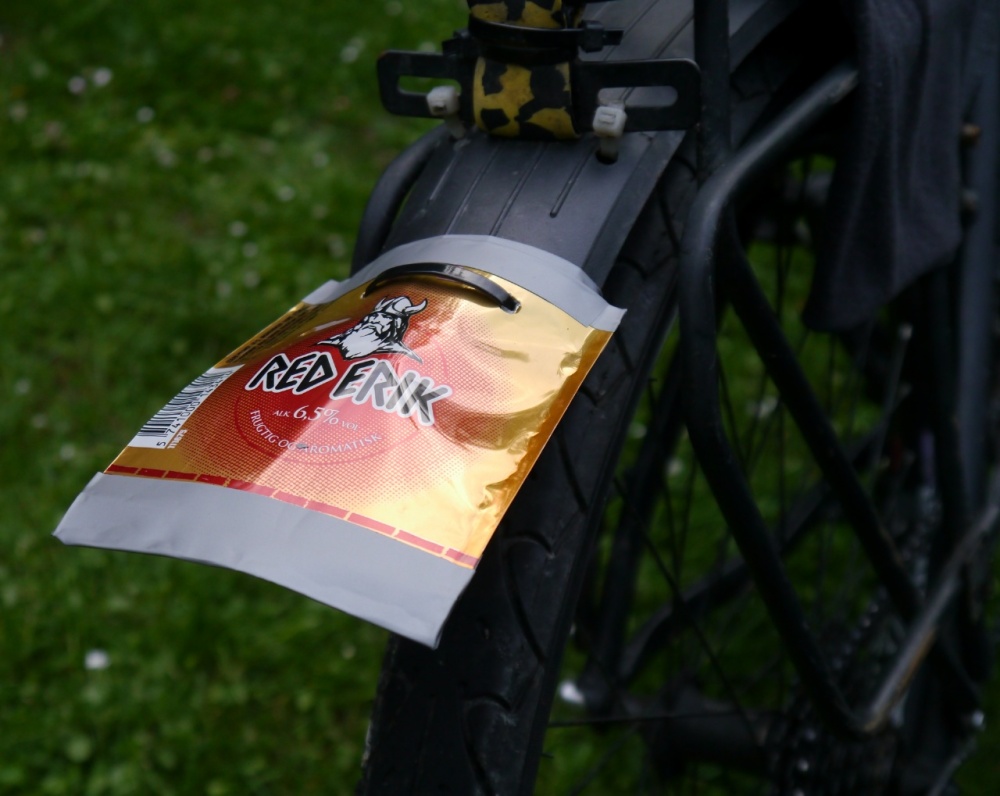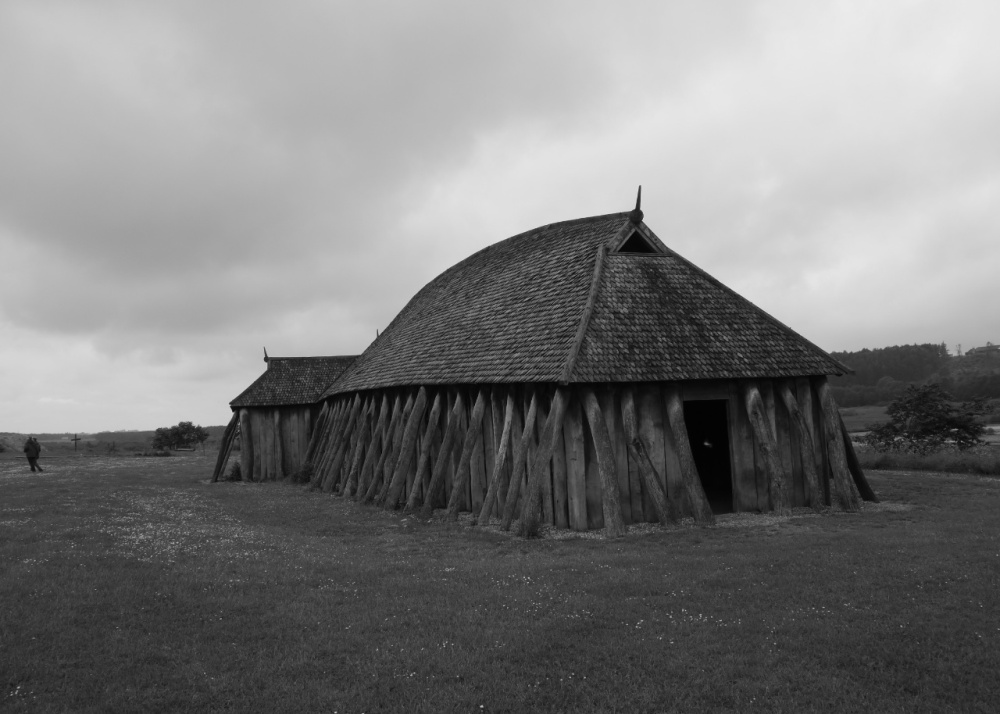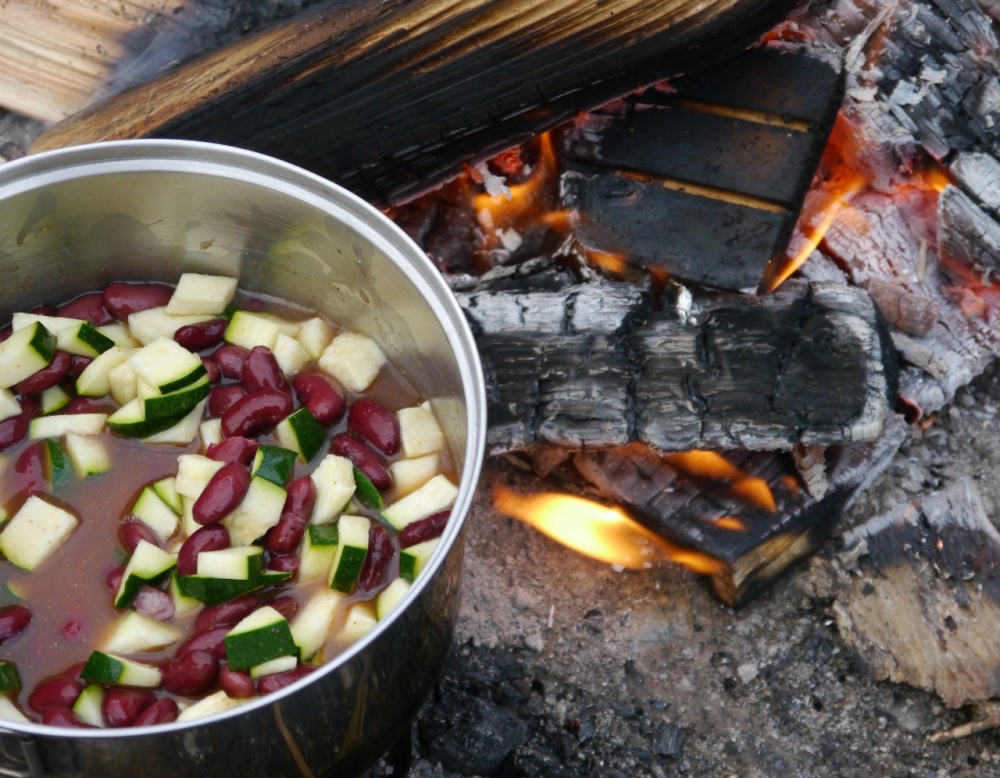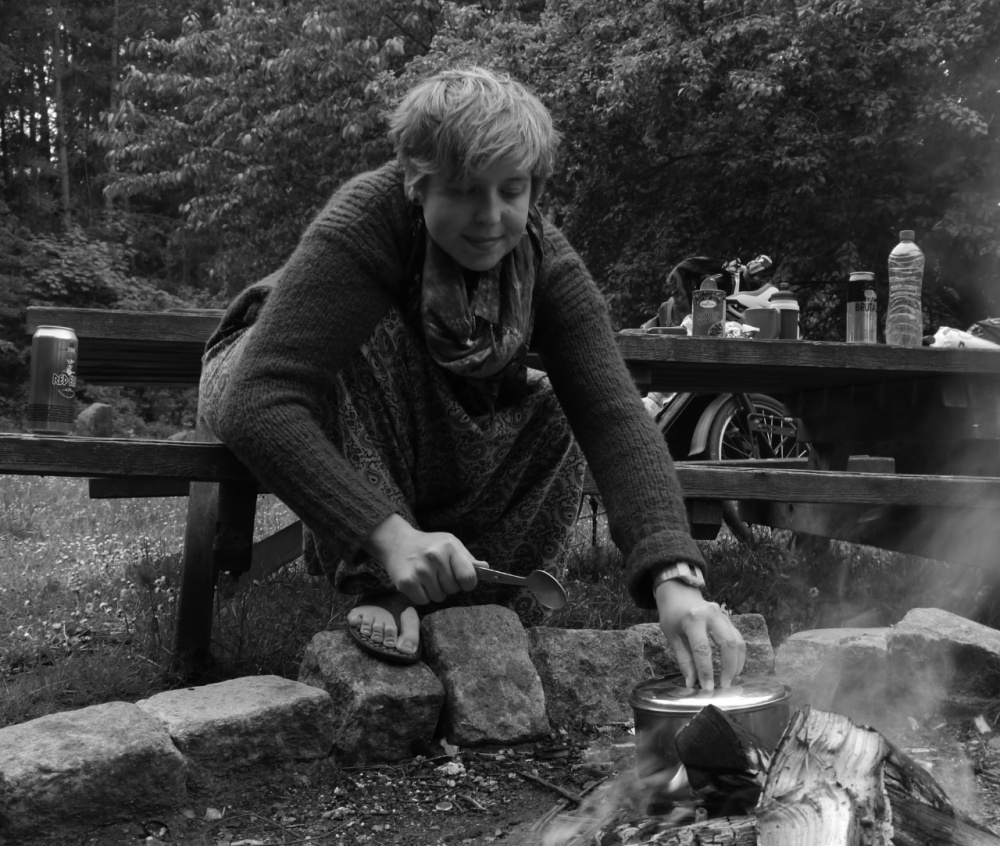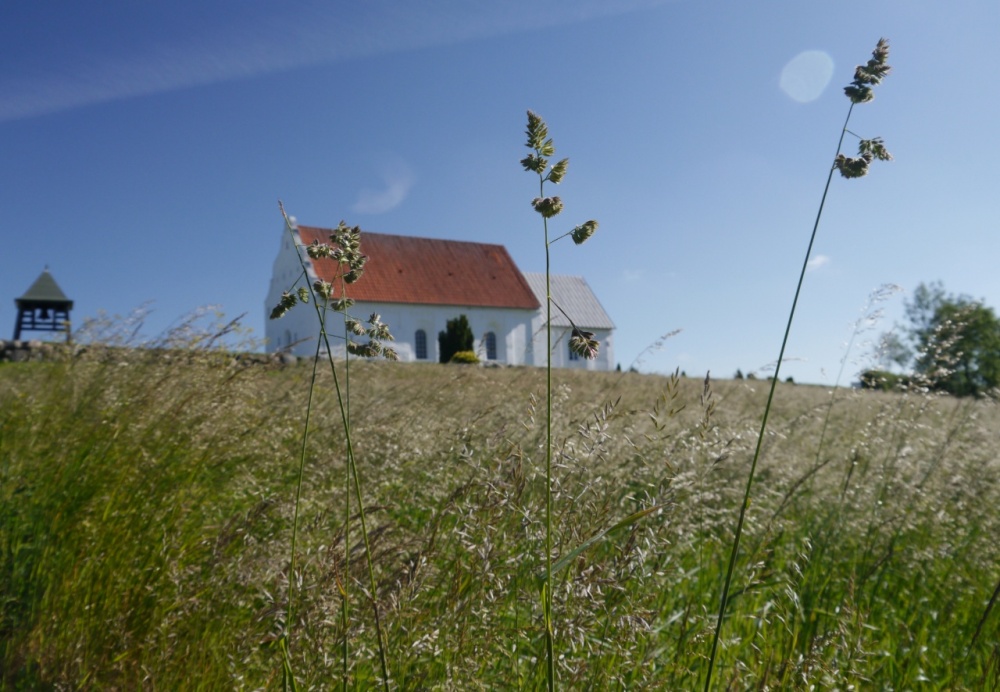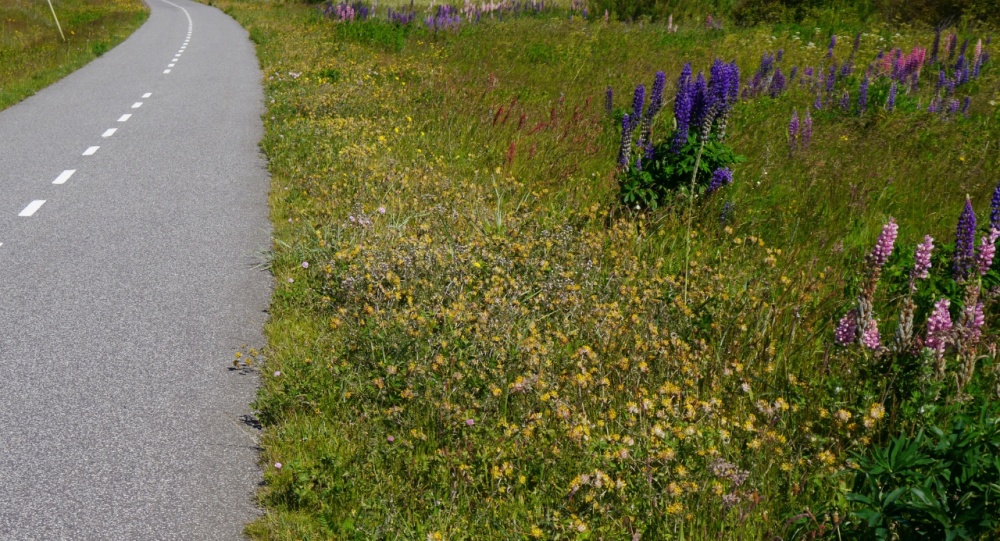Across Germany, the Netherlands and England, by train, by ferry and bike.
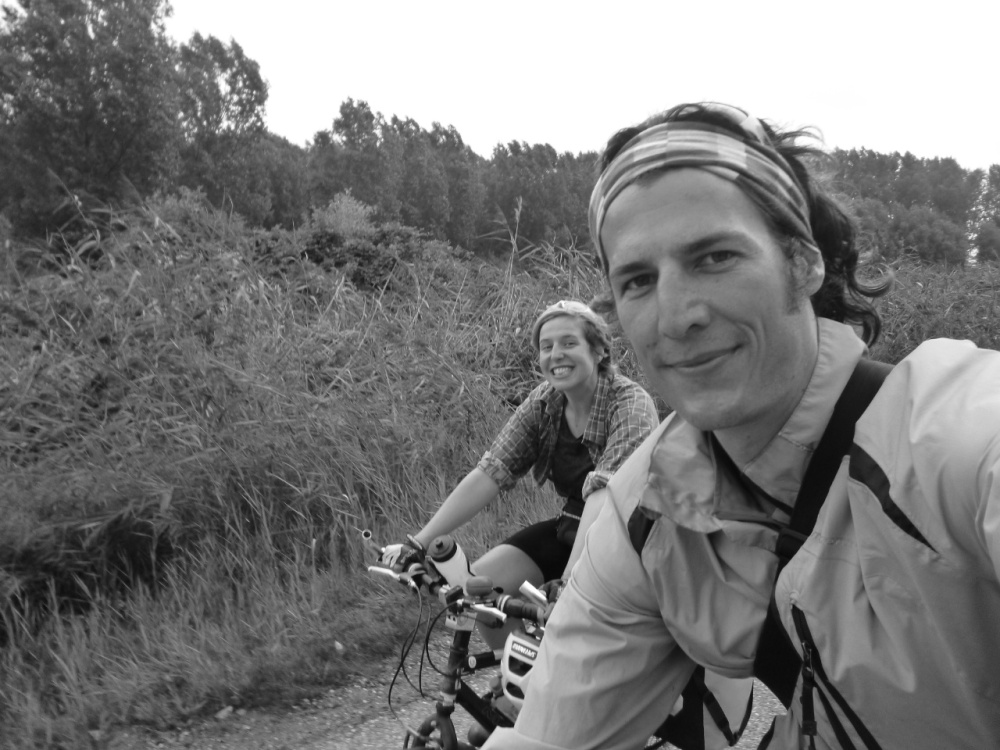
So many miles back, in Norway, we decided to start heading home. Money was getting low, and as much as we love cycle touring, we felt we’d maybe done enough for a little while. There are so many other things we both want to do. Did we really want to spend the last of our savings cycling through a few more countries? It seemed like a good idea to quit while we were ahead, go back to England and earn some money for whatever we want to do next. And I won’t lie: I liked the idea of not living in a tent for a change.
We were both adamant that we didn’t want to fly, so planned a route that would take in a couple of countries we hadn’t visited before (Finland, Estonia and Latvia), and end at a ferry port with onward train connections. After sailing into Travemünde we knew we could take the bikes across Germany and the Netherlands by train, all the way to the ferry at Rotterdam if we wished. But a last little ride through the Netherlands was quite appealing, and a day’s cycle home in England from the ferry would be a good way to end the trip, riding right back to my front door.
It wasn’t quite as straightforward to get home as we’d expected – I never want to take a loaded bike on a German train again. We knew we’d have to book bicycle places, and that there were lots of tourers in Germany, so we kind of assumed it would be fairly stress-free. The first train to Hamburg was fine, plenty of space, we could just roll on and roll off. But Hamburg station was packed, and after a last-minute platform change, queueing for the one lift as the seconds ticked down, running down the platforms, and an extraordinarily unhelpful staff member, we wished we were cycling. We were relieved to get off at Osnabruck, where we were staying the night to break up the journey. I didn’t have high hopes for ‘Penthouse Hostel’, the cheapest and closest to the station that we could find, but it was lovely. And Osnabruck was lovely. And there was a beer festival on that evening – what luck! The old town was absolutely packed with brewery stalls and beery people, and the sun was going down, making all the old buildings glow golden-pink. We picked a stall with a smaller queue and had delicious strawberry porter in boot-shaped glasses. We enjoyed it even more when we realised there was a glass deposit, and it wasn’t horrendously expensive! Osnabruck definitely requires a return visit.
There were three trains to catch the next day: to Munster, Rheine and Amersfoort. The station was quiet and we had lots of time, but my heart sank when the train pulled up and I saw the three narrow high steps up to the bicycle carriage. We unloaded in super quick time, hauled everything on, and then back off at the next stop. It seems like quite a poor design for a country with so many cyclists! I would really have struggled on my own, or if my bike was heavier (or me weaker!). The three mature women boarding at Munster with all their bikes and panniers didn’t seem too impressed either. We did it all again, joining a couple of chaps on their way to Scotland on the next train. We were all getting off at Rheine, so passed all our panniers and bikes down a line and on to the platform, seemingly the only way to stop impatient people trying to board the train before we’d got off (why couldn’t they use the other doors?!). Without a helpful pair of German men, we were on our own again for disembarking at Amersfoort, the worst and busiest train yet. People on the platform could see we were trying to get out with our bikes and bags – we had to just plough through, almost bashing them out of the way, shouting “Excuse me! Sorry! I need to get out!”. It’s horrible when you have to be pushy, but if I’d been more polite, I’d still be on the train now.
Enough ranting and train stress. We were cycling out of Amersfoort, and what a joy it was. We didn’t have a map of the Netherlands, but knew we could count on the signed cycle paths to take us all the way to the ferry at Hoek Van Holland. It was just 120km, and it’s amazing how fast you can go on the flat with a ferry to catch, but we stretched it out into two half days’ cycling.
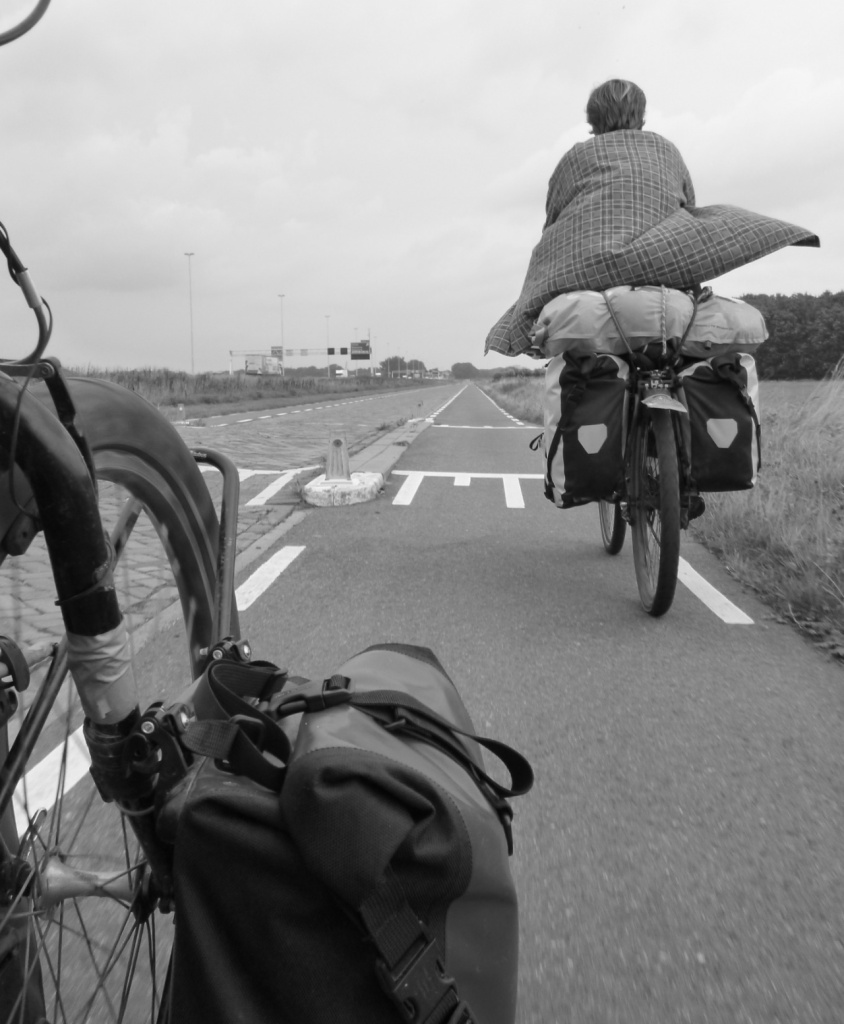
Just outside of Utrecht we got caught up in a huge group of cycling boys. There were 230 of them, one or two to each rattling bike, all about seventeen and all very muddy. Half of them were wearing wellingtons, some of them white summer hats. There were a few stewards cycling up and down the mass, trying to keep them together and stopping the traffic at roads, so we asked one what on earth was going on! He told us they’d been at a camp and were all heading home. It was quite fun to be mixed up in, like being in a very shambolic and uncompetitive race.
We had a brilliant tailwind out of Utrecht, honestly the second or third on the whole trip. The cycle paths took us through pretty cobbled towns, past big verdant farms and neat houses with pygmy goats and fat hens outside. We camped just outside Gouda, off a path in a big park, just behind some trees. It was a good spot, even with all the cyclists and dog walkers that passed by. And it was nice to be able to say in the morning, that in all the odd places we’ve camped, in every country, no one has ever been the slightest bit bothered or asked us to move.
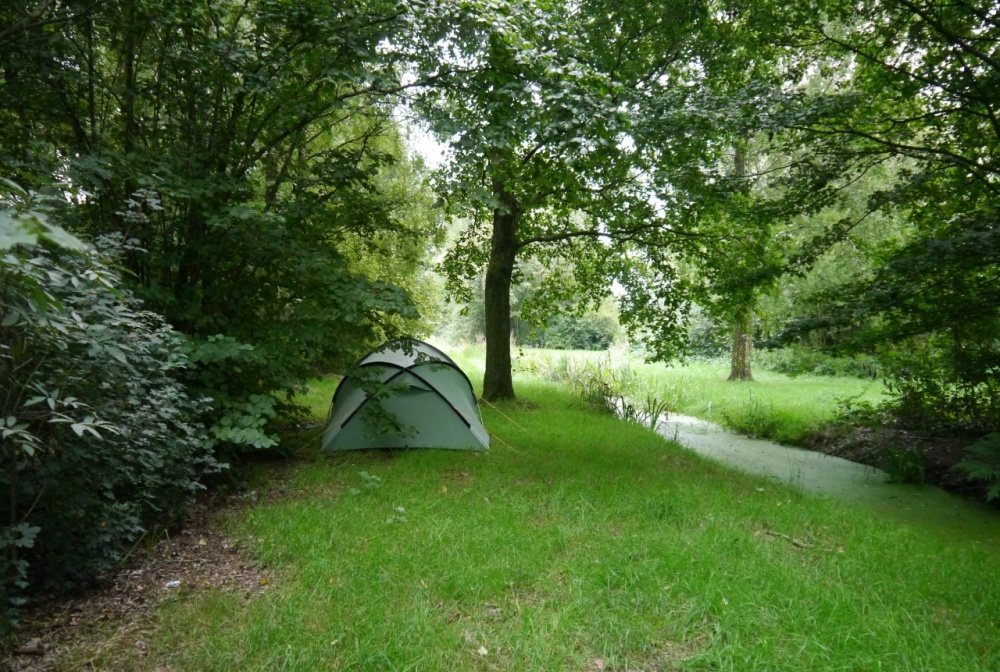
We swung through Gouda the next morning, grey and damp, but still lovely. Too early for the cafes in the square to be open, there were soggy leaves everywhere, pigeons, cycle commuters, and a scruffy man playing reggae from his laptop, dancing and rolling a cigarette. It looked like a great place to visit properly, but we were just passing through. We cycled down narrow streets, past handsome old buildings and over canals, got totally lost for about ten minutes, then popped back out onto the cycle way where we could count down the kilometres to the Hook of Holland. As we got closer, we started to see signs for ‘England’. It felt strange to think we were almost home, but it was nice to end with such good cycling.
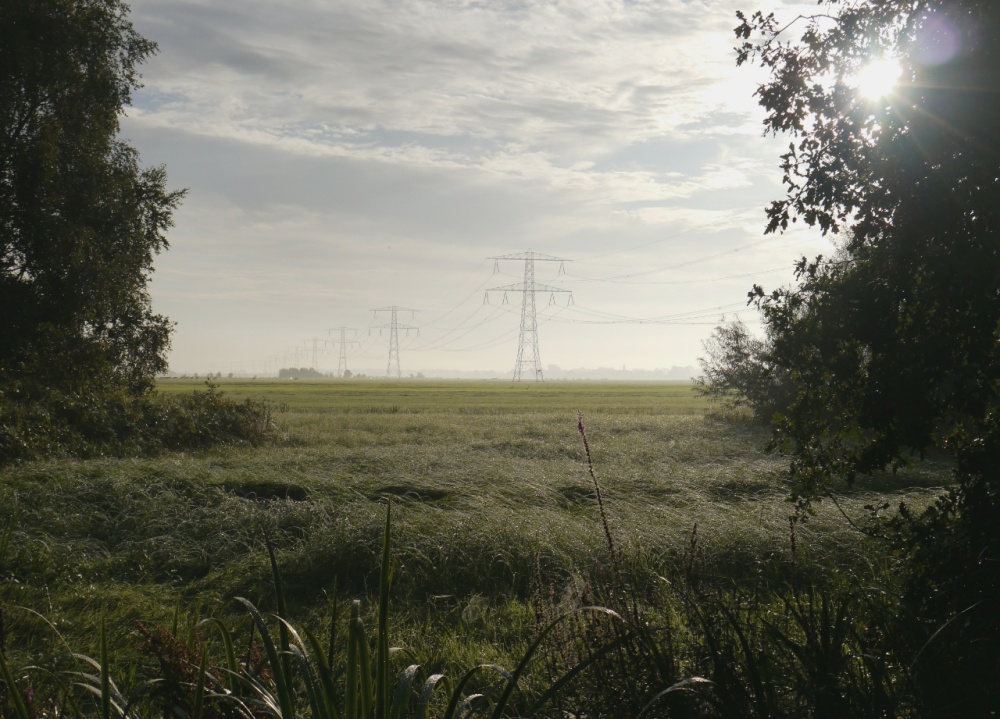
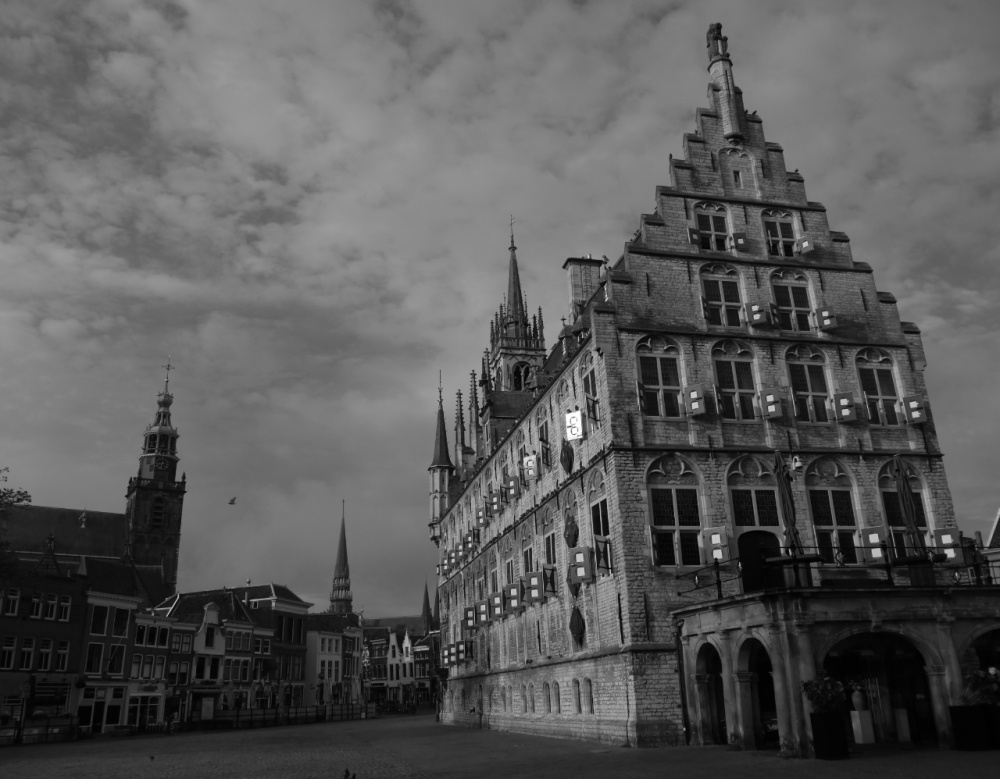
As this was the last ferry crossing of the trip, we booked ourselves a cabin – such a treat! I just wish the journey had been longer; twelve hours isn’t quite enough time to run around the ship, get blustered about on deck, have a G&T in all the different bars, try all the testers in the duty free shop, read in windowside armchairs, have a cabin picnic, watch BBC television from the bunk, drink a bottle of wine AND get a good night’s sleep.
I was a bit apprehensive about the ride home on English roads. I hadn’t cycled that much before we left the country, but I knew conditions didn’t compare favourably to those in Europe. I watched a family of Dutch cyclists leaving the boat on their bikes and wondered what kind of holiday they would have. I felt as though I should warn them – “It’s not like The Netherlands here, be careful! The bicycle is NOT king and people might shout at you….” I hope they’d done their research. The weather was supposed to be terrible that day, so we had hi-vis, lights and ponchos at the ready. But when we docked at Harwich in the early morning, it was sunny, cold and bright. We caught a quiet early train, with one easy change to Stratford, and we were suddenly back in London – Metro pages blowing by, dazzling sunshine and petrol fumes, coffee and fried egg sandwiches.
I find that roads can look quite daunting when you are on the pavement, but once part of the traffic you are absorbed, part of the flow. We were soon amongst the taxis and buses, back on a roll, then out of Stratford and onto the canal paths, through Hackney Marsh and green bits of London I didn’t know existed. It was a little hairy in places – being pursued up a steep hill by buses, avoiding potholes on already narrow roads – but it was a really nice experience to cycle through some of London. By Enfield I needed a cup of tea, and the library cafe presented itself at just the right moment. We ordered tea and cakes from an absolutely lovely lady, who was keen to assure us that the cakes were very healthy – as if we care! – and chatted to us about cycling. A big mug of English breakfast and a slab of apple and date cake made me so happy to be in England. This feeling wouldn’t last.
The promised rain arrived later that morning, and for the first time since Australia, I got a flat. While I was changing it, removing a twisted scrap of metal from the tire, a red ant got into my glove and stung me. I was not too impressed. Outside St Albans, in the still pouring rain, it went down again and I seriously considered ringing home for a lift. The roads in Hertfordshire were far worse than London, and just quite horrible to cycle on. I was constantly pointing out holes to Steve behind, and no one was driving any slower to make allowances for the poor visibility. We got lost when the road signs fizzled out, and almost went to Harpingdon. By Hemel Hempstead, I’d just about had enough. It was so busy, so wet and so stressful that we decided to follow the towpath, slow and bumpy and full of puddles though it was. We rattled and bumped all the way back to Berkhamsted, quite worn out, but thrilled to be on the home straight.
And that was that.
Thirteen months, 18 countries, 10,000 kilometres. A cracking trip! And not the last…






